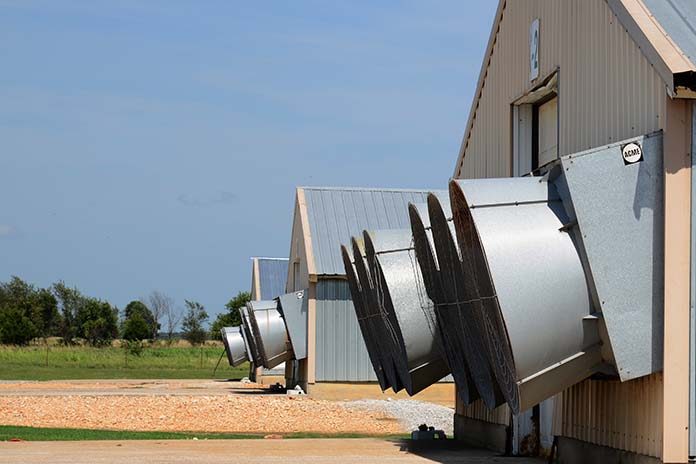
Effective ventilation plays a key role in the health and performance of broiler flocks. Nigel Strain, Cobb senior regional technical manager for Europe, the Middle East and Africa (EMEA), recently demonstrated proper ventilation techniques to Lezita, one of the leading poultry integrators in Turkey.
Proper ventilation is essential from the moment day-old chicks are placed to the last day of a broiler flock. Strain said providing an optimal environment allows maximum growth and development to capture the full genetic potential of the Cobb500™.
 A Cobb customer for 11 years, Lezita processes 2.5 million broilers each week. The company invited each of its technical advisers to take part in the hands-on training.
A Cobb customer for 11 years, Lezita processes 2.5 million broilers each week. The company invited each of its technical advisers to take part in the hands-on training.
“Reading about ventilation or attending a presentation on the topic is useful – but seeing it in practice has a much greater impact,” said Strain.
At the beginning of the two-hour session Strain explained the importance of air exchange for good air quality and why Cobb recommends ventilation based on house volume. He also told attendees why a well-sealed house is vital and demonstrated how to test whether a house is well sealed.
Minimum ventilation requirements were calculated, as well as number of fans, inlets and cycle timer requirements. Smoke testing showed how the incoming air should be distributed, then the effects of incorrect air speed and pressure, including high relative humidity and wet litter, were discussed.
Strain explained the importance of transitional ventilation before describing best practices for tunnel ventilation, including tunnel inlet, fan and cooling pad requirements. He also stressed how the correct air speed through the cooling pads is vital for effective evaporative cooling and achieving good air speed across the birds for cooling effect.
Onur Karaca, Lezita broiler production manager, said: “Personally, I believe that a practical demonstration about ventilation in the poultry house is much more effective than any theoretical presentation in a meeting room.”

















